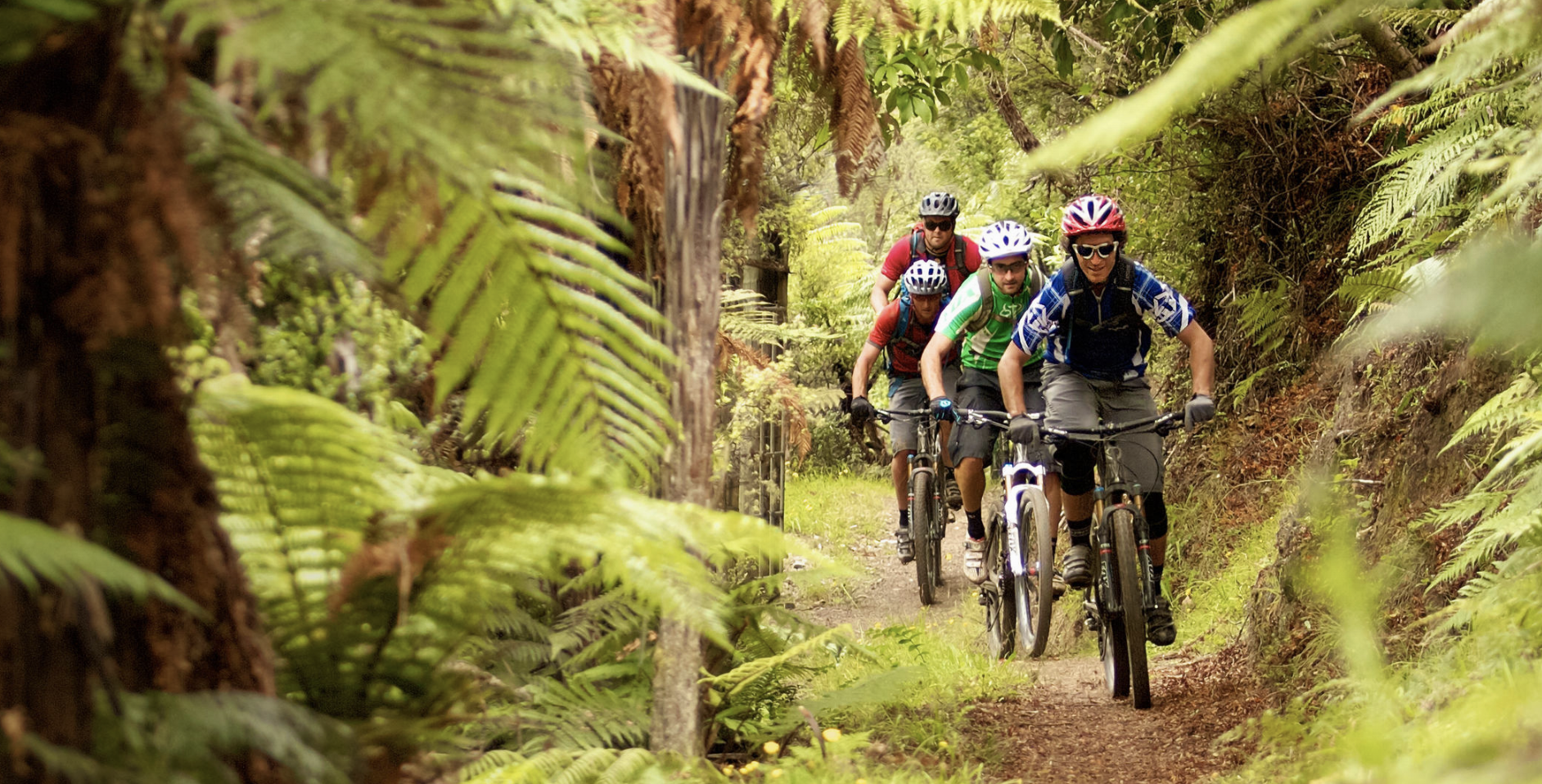TRC have developed this research on global trail trends in anticipation of our sustainable trails conference coming up in New Zealand in 2024. This information can also be viewed in the Global Trail Trends Flyer.
The following trail global trends demonstrate an increasing enthusiasm for outdoor activities and a heightened recognition of the significance of establishing sustainable and user-friendly trail networks. With the ongoing rise in demand for outdoor recreation, it is probable that these trends will continue to influence trail development and marketing in Australia.
Trails market growth
Participation in outdoor recreation activities including cycling, walking, and bushwalking is growing at a faster rate than other recreational activities [1]. Trails offer more flexibility than traditional sports, as users can participate in a variety of different ways, independently or with variable group sizes, at times that suit them. Many trail users are drawn to trails to connect to nature and adventure and experience physical and mental health benefits.
Adventure experiences for women
In recent years, there has been a notable rise in the involvement of women in outdoor recreational pursuits, specifically in walking. In Australia, the number of female participants in recreational walking now exceeds that of males.[1] AusPlay research suggests that women are increasingly attracted to trail experiences that offer chances to connect with nature and leverage the advantages for both physical and mental well-being
Promoting inclusivity and ensuring accessibility
There is a growing recognition of the importance of creating inclusive trails and trail experiences that cater to individuals of varying abilities. This awareness has led to the incorporation of trails designed for diverse abilities in new trail development projects. The accessibility of outdoor spaces and trails is being enhanced through the implementation of various additional infrastructure and equipment. These include high contrast signage, accessible canoe launches, all-terrain and beach wheelchairs, as well as adaptive mountain bikes.
How the trail experience is evolving
Trails have the potential to be integrated into active transport routes to work, school, retail precincts, community and recreation facilities. Facilitating integration with other transportation services, like trains and buses, will play a crucial role in incentivising individuals and visitors to utilise trails for their daily commuting needs.
There is an increased use of e-bikes, e-scooters and other e-transportation on trails and paths. Moving forward, a significant challenge lies in adapting trail planning, design, construction, and maintenance to accommodate these emerging trail usage patterns, all while addressing potential safety concerns and mitigating conflicts with other trail users. Financial year 2021 [2] saw record sales of e-bikes in Australia and e-cargo bikes are increasing in popularity for short trips and commuting.
There is a developing trend for long distance trails such as rail trails, offering trail users options to tailor experiences to their preference including mode of transport and length of experience. Bike packing, cycle touring, adventure trails and multi-day routes also provide opportunities for small business development to support these activities and users. The popularity of trail running and events is on the rise as individuals seek to venture off the conventional paths and challenge themselves in diverse and demanding terrains.
Revenue models are changing
Revenue models for supporting trail development, maintenance, and the provision of supporting infrastructure have become more diverse. These models now encompass user fees, shuttle services, involvement of commercial operators, trail sponsorship, and merchandise sales. The social enterprise movement has grown significantly over the past decade, and there is an opportunity to investigate this model for trails development and growth.
Online is essential
Online apps are available for navigation, performance monitoring, training, marketing and promotion. Trail users are progressively favouring online apps over traditional paper maps and guidebooks as their primary source of information. These apps offer an opportunity to aid in promoting trails, raising awareness of environmental and cultural heritage values, gathering significant participation data, enabling users to report maintenance issues, and enhancing trail safety. Trail users and tourists are also using social media pages and blog posts to connect with community groups and share information on their trail experience.
Safety first
To ensure the preparedness and safety of all trail users, including the increasing number of less experienced individuals, it is crucial to provide education on safety practices and adequate preparation. Emergency services and navigation apps are increasingly being used to share trail issues and emergency information with trail users- facilitating effective communication between emergency services and trail users is crucial. Of equal significance is the provision of means for trail users to communicate their travel plans and request assistance in case of emergencies.
Improving guidelines
Improved international guidelines and standards for trail design and construction is growing. There is an increasing body of work and knowledge that is becoming freely accessible to trail managers to manage the process of trail development (leading to improved sustainable trails) for example the IMBA’s Mountain Bike Trail Development Guidelines.
[1] https://www.clearinghouseforsport.gov.au/research/ausplay/results






